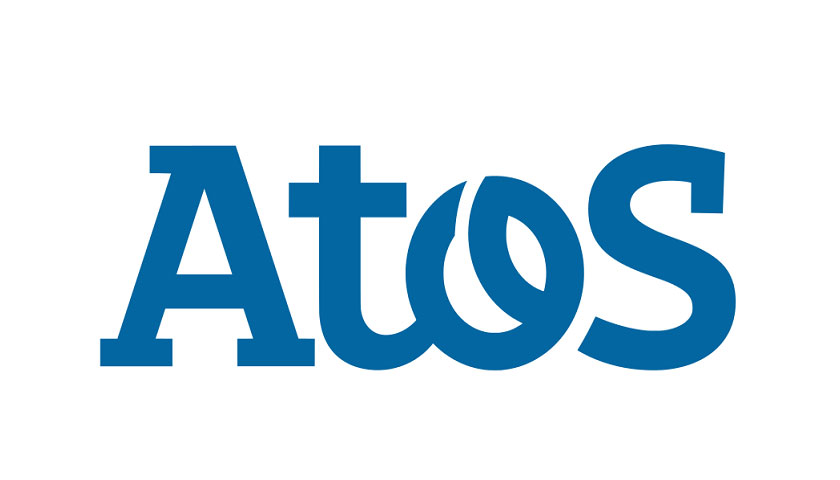Carbon and energy prices have undergone notable increases in recent years, posing significant financial risks for sectors reliant on fossil fuels. Recent research by EcoAct, an Eviden business, estimates that carbon price costs could account for 10% of the revenue[1] of carbon-intensive sectors by 2030.
To address these growing risks, EcoAct has developed the Carbon and Energy Pricing Tool, a decision-making solution that enables businesses to anticipate the financial impacts of regulatory carbon and energy price[2] fluctuations, as well as the financial opportunities arising from their transformation strategies. Its application has already proven effective in various sectors including manufacturing, agrifood and retail, spanning across different regions such as the European Union, United Kingdom and North America.

Furthermore, to better understand the positive or negative financial impacts resulting from the adoption of a low-carbon economic model, the Carbon and Energy Pricing Tool supports businesses in:
- Anticipating future additional financial costs related to carbon and energy prices (natural gas, coal, gasoline, fuel and electricity in transportation, industry, building and power production) through scenario-based impact studies
- Facilitating the development of business model transformation strategies involving decarbonising core activities and transitioning to greener supply chains
- Evaluating the financial impact of transformation and decarbonisation actions, with annual updates of the company’s CO2 emissions data and regular refreshes of information on energy and carbon prices in relevant geographical areas
Specifically, the Carbon and Energy Pricing Tool allows modelling, at a country and sector level, based on three scenarios of energy and carbon price developments up to 2050:
- Costs related to energy procurement and compliance with carbon regulations throughout the company’s value chain
- Financial impacts of the most significant sources of CO2 emissions
- Savings achieved through CO2 emission mitigation plans

The tool also enables businesses to integrate their forecasts for the purchase of goods and services and energy consumption. Numerous modular charts and graphs facilitate a quick and visual understanding of key messages.
This solution supports businesses in data collection (energy, raw materials, transportation, procurement, etc.) and provides training on regulatory carbon markets. It allows for swift identification of the most exposed service lines and products that require immediate action.
Developed by climate economics experts at EcoAct, the Carbon and Energy Pricing Tool relies on internal regulatory monitoring of carbon taxes and Emission Trading Schemes development and energy price projections from Enerdata, a recognised data provider. It facilitates detailed analysis with granularity at a country and sector level. It also considers the specificities of carbon pricing mechanisms to best reflect the reality of the financial risks involved. Additionally, it supports the analysis of direct and indirect carbon and energy costs passed on by suppliers.



